Incluvie Classics: Strong Women and Gender Expression in Alfred Hitchcock's “Psycho.”
Alfred Hitchcock’s 1960 film "Pyscho" is an American film classic that still resonates today.
When most of us geographically-illiterate Americans think of Oceania, we think of Australia and New Zealand. The 2019 film, Vai, takes us through eight stories across the islands of Oceania. The settings are unbelievably beautiful, the cast is beautiful, the languages are beautiful, and the stories are beautiful…but heartbreaking.

Nine Pacific women (almost entirely made up of first-time directors) created eight powerful stories, with the commonality of telling a story of a character named Vai at various ages. However, there are eight distinct Vais — not symbolically, but actually eight different characters named Vai that cover a lifespan. The eight Vais are similar in their struggles and have connections (some are subtle and fun to discover while watching), making the movie flow as one, but separate enough to be eight wonderful short films existing independently.
Here is each glorious Vai:
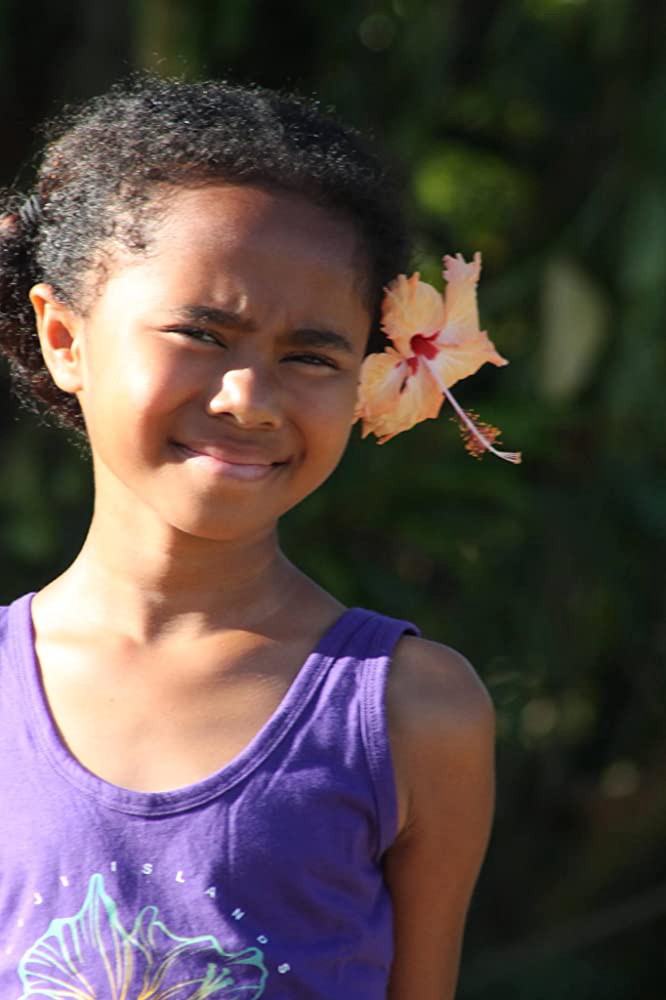
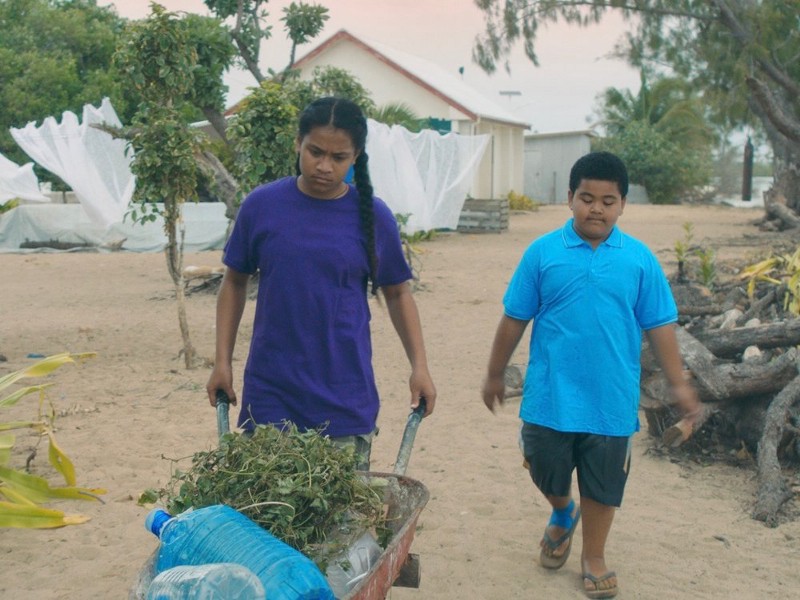

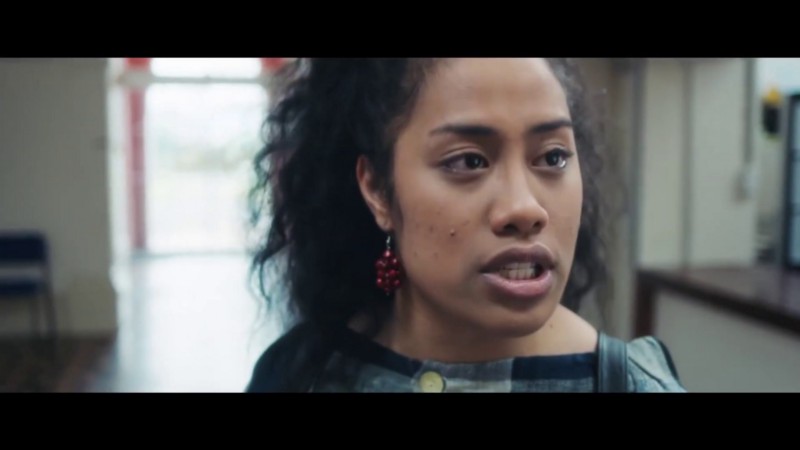
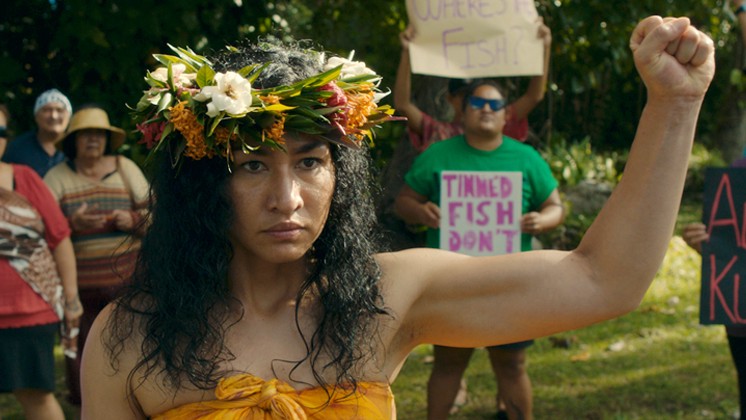
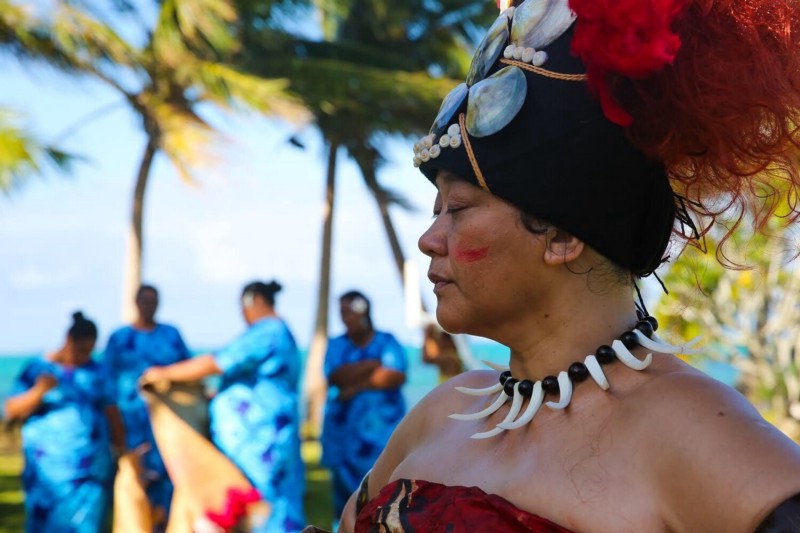
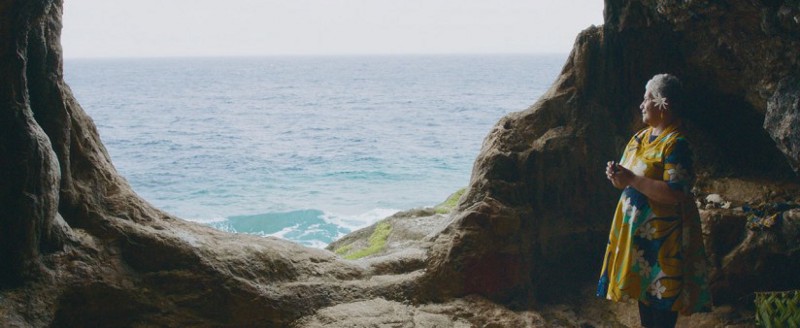
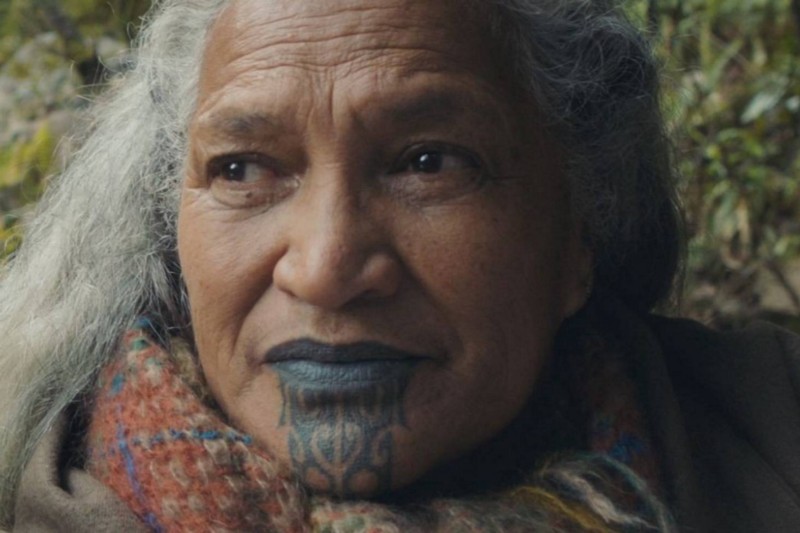
(SPOILERS AHEAD)
The most distinct through-line of Vai is the importance of generational knowledge and honoring ancestors. Every decision made at every age is made with the future generations and past generations in mind. The grandmothers are present in almost every story as gatekeepers to culture and empathy. In many instances, the grandmothers are raising their grandchildren when the mothers are unable. Vai manages to showcase these amazing grandmothers without demonizing the mothers. None of the stories portray the missing mothers as “deadbeats”, although the pain of their absence is strong. The mothers are out in the world trying to create the best lives for, not only their children, but for their parents and siblings. It’s sad as a viewer that taking care of and respecting the older generations of a family stands out so much, but that is just a testament to American culture’s treatment of older folks.
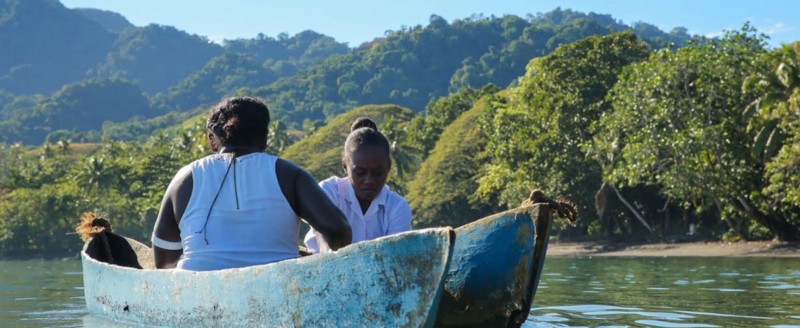
These are stories about women, by women. And the struggle is real. Each Vai experiences a life-changing struggle during their short time on screen:
Sounds exhausting, right? There is the (sadly) normal pressure of women to maintain the family, but the added pressure to do so while upholding the cultural traditions…but simultaneously improving your life on behalf of the village…and do all of this while being oppressed by everyone outside of your small community…with little to no resources. Phew!

The story of Savai is the most outwardly specific about cultural history. She is brought back to her small village to lead a traditional procession. While she gets ready for this with her aunt and cousin, she does everything she can to get out of it. After encouragement from her family, she starts the ceremony, but with tears in her eyes. As she takes the lead along the path, she sees some older members of her village join her, and that lifts her spirits. We can see her face change from upsetting tears to tears of pride. It is through this ceremony that she reconnects with her community and shares that connection with a small child in the end, as if to pass it to the next generation.

During Rapuwai’s ceremony for her great-granddaughter, I found myself writing down almost every word she said. It was magical. To briefly recap it, Rapuwai told this baby that she was connected for generations to this land and its spirit — this child was part of the “divine feminine” and the “storehouse of knowledge”. Ending the film with this older woman stating these sacred words to this tiny baby, with her family beaming with pride supporting her, explains why all of the struggle is important and worthwhile. The traditions are what maintains the culture and they need to be passed on and celebrated. While other forces are trying to diminish or erase the traditions, younger generations must not let them, or their histories, disappear.
Go, but come back
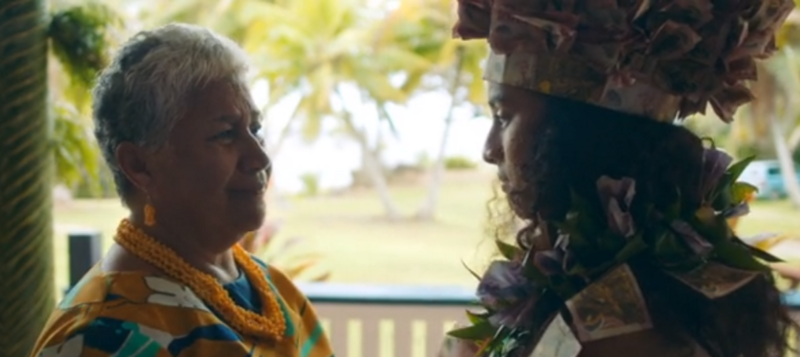
In every story, a woman must leave her family and community for the greater good. However, these are not stories of getting away from your village to embrace some kind of Westernized lifestyle. Vai (age 64) says it plainly to her granddaughter, Moana: “Go but return.” The entire village gives money and blessings to Moana as she hesitantly prepares to leave for New Zealand. It is her “time to fly,” but must not forget where she came from. She might be leaving on her own, but she needs to do so for all of the people surrounding her. This is a juxtaposition to the usual “letting go of a child” scene we see in films — the goal here is to come back home, not stay away as a sign of success. Vai encourages Moana to get what she cannot on their tiny island, and carry it back to the place from which she came. This is the most thoughtful and meaningful burden I can imagine.
Does this all sound familiar? The history of Oceania’s relationship with indigenous people is very similar to North America’s with our indigenous people: the White people came in, told everyone they were doing it all wrong, called the native people savages and heathens, set up their own rules like they owned the place, and tried desperately to ruin everything. Since then and still to this day, these groups of people have had to fight to get back what was stolen from them in the first place and fight to be treated like human beings. This is woven in all of the Vai stories. Women are already treated with contempt because of their gender, but add a long history of White, patriarchal colonialism. Now try to survive while maintaining your cultural heritage. Obviously, it’s not an easy road, but the collective Vai fights her way through life and passes that perseverance to her descendants. Not only should we all be more like Vai, but we should give Vai the long overdue respect, voice and space she deserves.
Vai gives voice to the historically voiceless. The directors manage a beauty and relevance in their storytelling that leaves the audience with a sense of history and understanding like few films have.
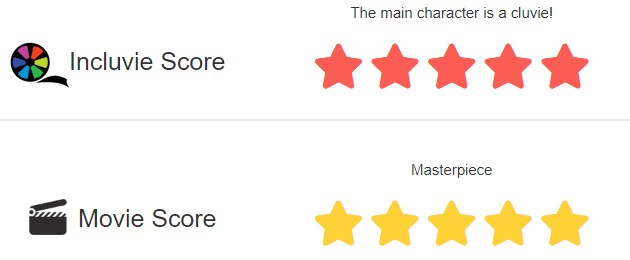
Vai is available on Amazon Prime (free for members); YouTube and Google Play (for purchase)
Written by Sarah Erskine
Related lists created by the same author
Alfred Hitchcock’s 1960 film "Pyscho" is an American film classic that still resonates today.
Related diversity category
We chat with Penelope Lawson about her short film, The Dinner Party, her experience founding her own production company, and fun cinema.
Related movie/TV/List/Topic
This movie is based on the LEGO Disney Princess building set.